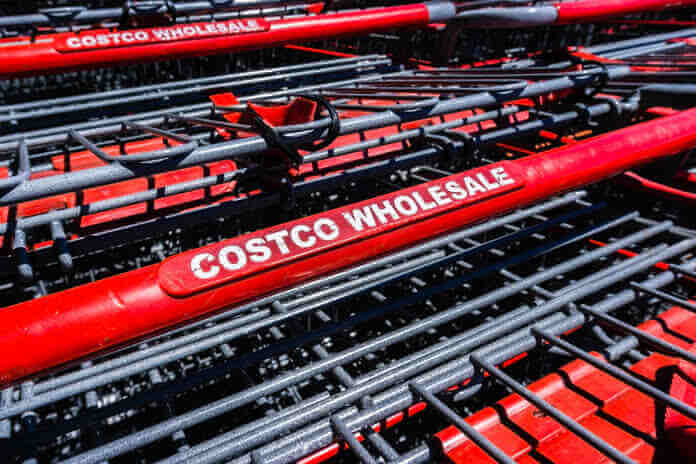Costco Wholesale (NASDAQ:COST) has defied typical expectations for brick-and-mortar retail with its stock soaring 55% in the past year, contributing to a staggering 600% increase over the past decade. As investors contemplate whether Costco can maintain its market outperformance or if it’s time to divest, we explore the potential trajectory for the next five years.
Why Costco Continues to Attract Investors
Since its founding in 1983 and subsequent public listing in 1985, Costco has been a beacon of consistent growth and stability, even amidst economic turbulence like inflation or recessions. This resilience is largely due to its unique business model. Unlike standard supermarkets, Costco charges an annual membership fee, which forms the bulk of its profits and enables it to offer lower merchandise prices. The retailer enhances its competitive edge by selling in bulk, minimizing advertising costs, and employing simplified store layouts to further reduce expenses.
The effectiveness of this strategy was evident in its recent fiscal second-quarter earnings, where total revenue rose 5.7% year-over-year to $58.4 billion, driven by increased same-store sales and memberships. Costco’s exceptional customer loyalty, with global membership renewal rates regularly topping 90%, underpins the company’s dependable growth despite broader economic pressures. This period saw net income jump roughly 19% year-over-year to $1.74 billion.
What the Next Five Years Could Hold
Given Costco’s proven track record over the past 40 years, it’s challenging to foresee significant deviations in its successful trajectory over the next half-decade. The brick-and-mortar retail sector isn’t typically vulnerable to disruption from technology megatrends like artificial intelligence. Moreover, Costco’s membership-based model and emphasis on low pricing are likely to buffer it against potential macroeconomic fluctuations, including a possible recession predicted by some economists in the coming years.
To sustain or possibly enhance growth, management could consider adjusting membership fees, which currently stand at $60 for Gold Star and $120 for Executive levels and have not increased since 2017. Fee hikes have historically occurred every five to six years, making an increase seem imminent, particularly in light of recent inflationary trends. Any rise in membership fees could significantly boost Costco’s profitability, as these fees are associated with minimal costs of goods sold (COGS), potentially translating into nearly pure profit.
Is Costco Stock a Buy?
Despite its promising prospects, Costco’s forward price-to-earnings (P/E) ratio of 43 is substantially above the S&P 500 average of 28 and exceeds those of peers like Walmart and Target, which have P/E ratios of 25 and 17, respectively. This suggests that the market may have already factored in anticipated membership fee increases into Costco’s valuation.
While Costco is expected to remain a stable and prosperous entity, the current stock price might not offer hidden value for new investors. Those interested in the stock might benefit from waiting for a market correction before initiating a position, as the current valuation leaves limited room for an investment surprise.
Featured Image: Megapixl















